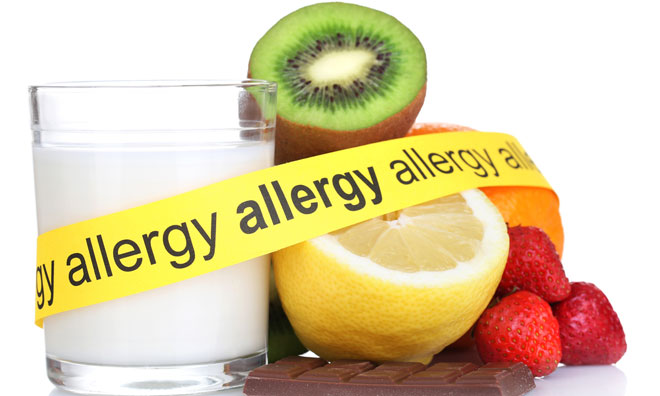How to solve the issue of allergens in the bakery
- Like
- Digg
- Del
- Tumblr
- VKontakte
- Buffer
- Love This
- Odnoklassniki
- Meneame
- Blogger
- Amazon
- Yahoo Mail
- Gmail
- AOL
- Newsvine
- HackerNews
- Evernote
- MySpace
- Mail.ru
- Viadeo
- Line
- Comments
- Yummly
- SMS
- Viber
- Telegram
- Subscribe
- Skype
- Facebook Messenger
- Kakao
- LiveJournal
- Yammer
- Edgar
- Fintel
- Mix
- Instapaper
- Copy Link
Posted: 9 January 2017 | Rene Duchesne, Food Safety Manager, Cavalier Candies Ltd. | 3 comments
We asked Rene Duchesne, Food Safety Manager at Cavalier Candies Ltd. to give New Food an insight into the problems we might encounter in the bakery…


Following an excellent insight on the issues we face with respect to allergens from Rene Duchesne, Food Safety Manager at Cavalier Candies Ltd., we asked Rene to grant New Food an insight into the problems we might encounter in the bakery.
Allergens can and do pose a lethal threat in food manufacturing.
Allergens play a huge role in baked goods. There are numerous baked items which include a very common allergen – wheat. So many items are formulated with wheat including bread, buns, doughnuts, many cakes, biscuits among many others too numerous to mention.
This does not even touch upon another allergen, nuts. Nuts of untold varieties are included in cookies, cakes, loafs among others. Not many other product lines can boast the amount of allergens which may be used daily in a bakery environment.
The decision therefore to make a product which is to be allergen free can be a difficult challenge to overcome. This does not mean that the entire bakery must be washed down to prevent an allergen contamination. The quickest and safest solution is to have a separate room which can be dedicated to non-allergen products.
Allergens can and do pose a lethal threat in food manufacturing…
This may take extra equipment and should require a totally separate entrance to the room. These precautions should help to ensure that allergen free products are made safely with little to no risk of contamination. It is not known how many bakeries would challenge themselves with this daunting task to ensure the safety of its customers when consuming their products, but there are likely some who have and will in the future.
Air borne particles of flour can travel far beyond the threshold of a single room so a highly efficient air filtration system would also be required to ensure safety from air borne contamination from allergens. Even staff sharing the some restrooms or lunchroom areas pose a large risk of contamination.
Anyone in the bakery industry with the thought of doing allergen free products need to know all the risks and options related to allergen control. It is indeed a matter of risk versus reward. If you think the reward is worth the risk, then prepare to be challenged, unless you are designing a facility from scratch and can make the necessary plans to manage the risks involved.









I’m wondering how the ultra UV would inactivate the allergens ?
To create a controlled area in a Bakery can be difficult. However, there is a solution. One could install an Air Handling Unit fitted with an Ultra Violet Light Module within the room. The A.H.U would help to pressurise the room and the Ultra Violet Light would inactivate the Allergens and as an added benefit; the Ultra Violet Light would stop the development of mould and yeast colonies, thus extending the shelf life of the product. UVc does not leave any residual radiation and is accepted for use in food production by the FSA.
David – I would like to understand the scientific basis that sits behind your claims regarding ‘deactivation’ of allergens. The food allergens included in the EU list of 14 are extremely stable proteins which can remain biochemically intact following extreme processing conditions. I find it highly implausible that UV light could do what frying a peanut at 190 degrees C or 10 minutes does not. As I say I’d be interested to see the references to the scientific data on this